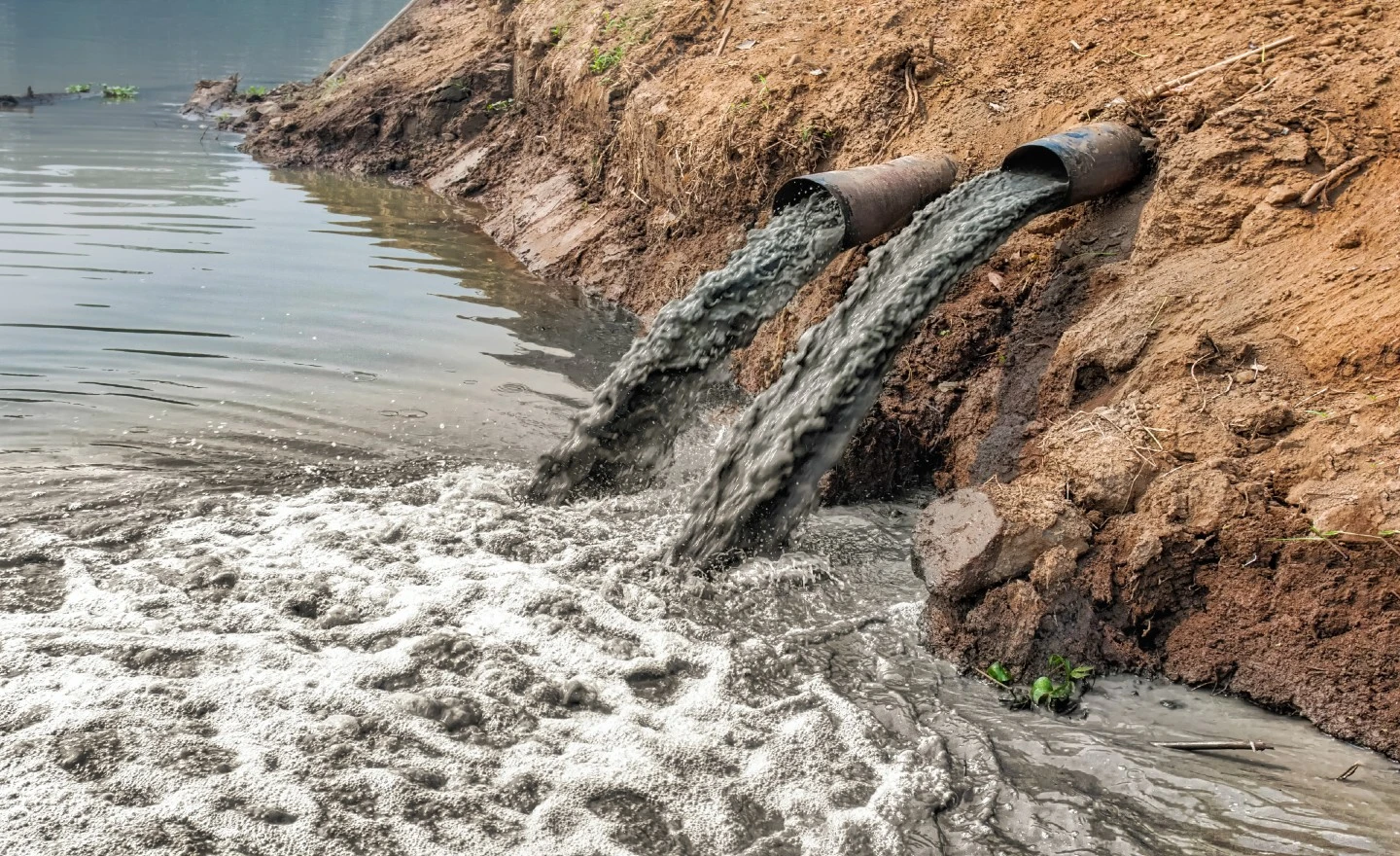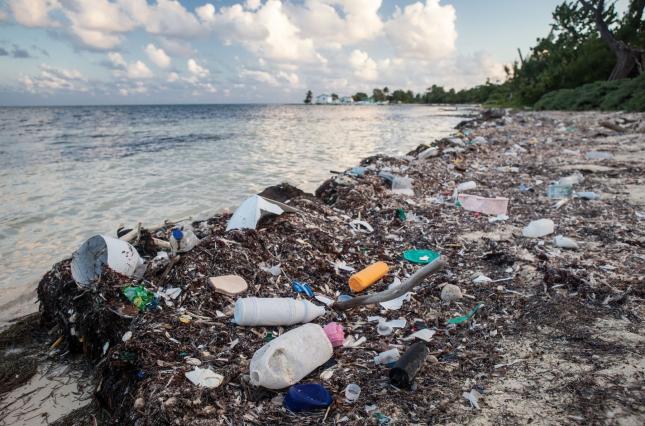Water pollution is a clearly major problem in the United States and the government must take action.
Sources of Water Pollution in the USA
There are several sources of water pollution in the USA, including:
Industrial Waste:
Industries discharge wastewater into water bodies, which often contain toxic chemicals that can harm aquatic life and contaminate drinking water sources.
Agricultural Activities:
Agriculture contributes significantly to water pollution through the use of fertilizers, pesticides, and herbicides, which can run off into water bodies.
Municipal Waste:
Municipalities produce significant amounts of sewage, which contains bacteria, viruses, and other pathogens that can contaminate water sources and pose a risk to public health.
Oil Spills: Oil spills from offshore drilling platforms or tanker ships can cause significant damage to marine ecosystems, affecting fish and wildlife and contaminating water sources.
Mining Activities:
Mining can also contribute to water pollution through the discharge of toxic substances into water bodies, which can affect aquatic life and contaminate drinking water sources.
Consequences of Water Pollution in the USA
Water pollution has various consequences, including:
Health Risks:
Water pollution can cause a range of health problems, including gastrointestinal illnesses, skin irritation, and respiratory infections. It can also lead to long-term health problems, such as cancer.
Environmental Damage:
Water pollution can harm aquatic ecosystems, affecting fish, plants, and other aquatic life. It can also lead to the depletion of oxygen levels in water bodies, which can result in fish kills.
Economic Losses:
Water pollution can also result in economic losses, particularly for industries that rely on clean water, such as tourism and fishing. It can also lead to the loss of jobs in these industries.
Management Strategies for Water Pollution in the USA
Various management strategies can be implemented to mitigate the effects of water pollution in the USA, including:
Regulations:
The government can enact regulations to limit the discharge of pollutants into water bodies. For example, the Clean Water Act sets water quality standards and regulates the discharge of pollutants from point sources such as factories and sewage treatment plants.
Best Management Practices:
Best management practices can be implemented in various industries to reduce the number of pollutants that are discharged into water bodies. For example, farmers can use precision agriculture techniques to reduce the amount of fertilizer and pesticides that are used.
Public Education:
Educating the public on the importance of clean water and the dangers of water pollution can help to reduce the number of pollutants that are discharged into water bodies.
Restoration:
Restoration efforts can be implemented to restore degraded water bodies to their natural state. For example, wetland restoration can help to filter pollutants and improve water quality.
Monitoring:
Regular monitoring of water quality can help to identify sources of pollution and determine the effectiveness of management strategies.
Industrial Waste
Industrial waste is a major source of water pollution in the USA. Industries such as manufacturing, mining, and oil and gas production discharge wastewater into water bodies that often contain toxic chemicals such as heavy metals, solvents, and oil.
Consequences
Harm to aquatic life:
Industrial wastewater can harm aquatic life by reducing oxygen levels in the water, making it difficult for fish and other aquatic animals to survive. It can also cause mutations, reproductive problems, and other health issues in aquatic organisms.
Contamination of drinking water sources:
The industrial waste can contaminate sources of drinking water, posing a risk to human health.
Damage to ecosystems:
The industrial waste can cause long-term damage to ecosystems, affecting biodiversity and reducing the overall health of the ecosystem.
Management Strategies
Regulations:
The government can enact regulations to limit the number of pollutants that industries are allowed to discharge into water bodies. For example, the Environmental Protection Agency (EPA) sets limits on the number of toxic pollutants that can be discharged from industries under the Clean Water Act.
Best Management Practices:
Industries can implement best management practices to reduce the number of pollutants in their wastewater. This can include treating the wastewater before it is discharged and implementing pollution prevention measures such as using less toxic chemicals.
Recycling and Reuse:
Some industries can recycle or reuse their wastewater, reducing the number of pollutants that are discharged into water bodies.
Monitoring:
Regular monitoring of industrial wastewater can help to identify sources of pollution and determine the effectiveness of management strategies.
Agricultural Activities
Agriculture is another major source of water pollution in the USA. Agriculture contributes to water pollution through the use of fertilizers, pesticides, and herbicides, which can run off into water bodies.
Water pollution is a significant problem in the USA, with various sources contributing to the contamination of water bodies. That’s why we are all concerned!




